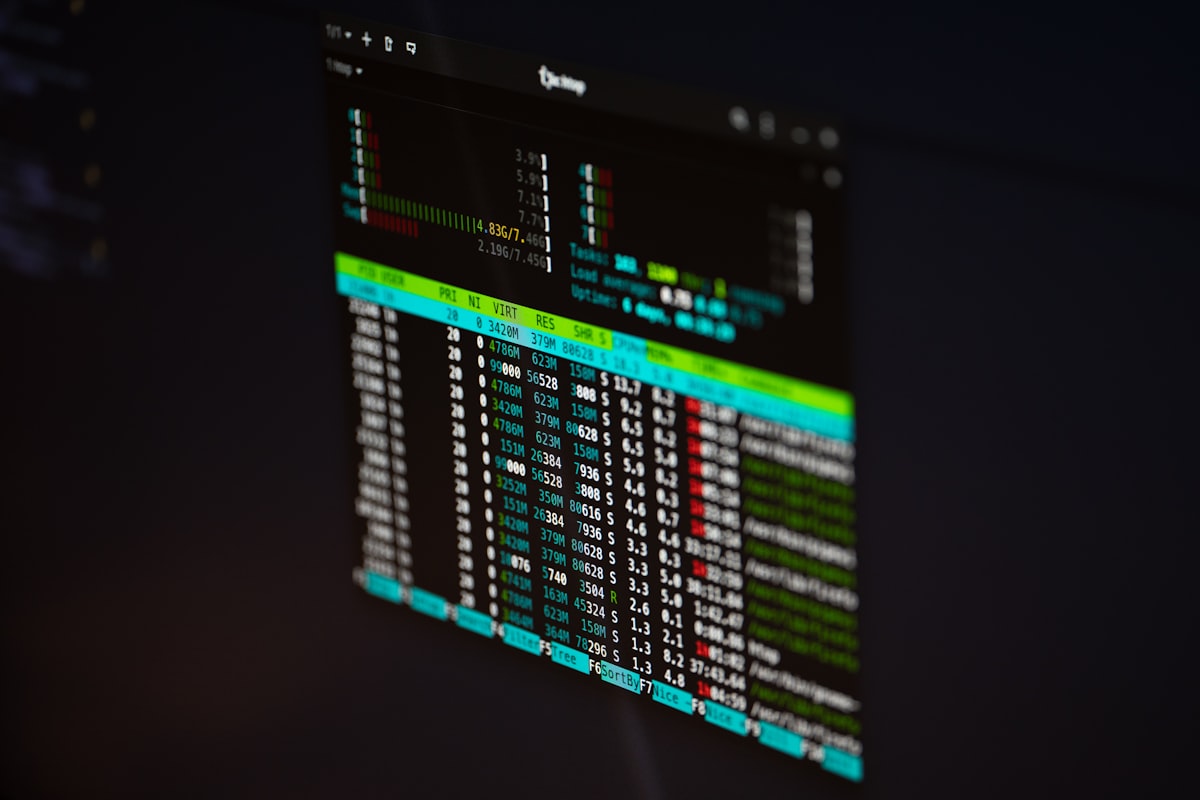Commonly associated with Gunicorn, a popular web server gateway interface (WSGI) server for Python web applications. If you're running a Python application on a Digital Ocean droplet (or any other platform) and using Gunicorn, you might encounter this error when Gunicorn's worker processes take longer to handle a request than the specified timeout.
Here's a breakdown of the issue and some potential solutions:
First things first, we wrote a guide to explain how to deploy FastAPI apps on Digital Ocean using a clean workflow with Git. This article will troubleshoot the critical error WORKER TIMEOUT. Enjoy !
Understanding the Error:
- When Gunicorn spawns worker processes, it sets a timeout for each worker. If a worker doesn't respond within the specified time (the default is 30 seconds), the master process assumes it's stuck or malfunctioning and kills it, then spawns a new one. The "WORKER TIMEOUT" error is the log message you see when this happens.
Common Causes:
- Slow Application Logic: If your application has endpoints that run heavy computations or handle large amounts of data, they could be the cause.
- Database Bottlenecks: If your application is waiting for a response from a database, and the database is slow or unresponsive, this can cause timeouts.
- External Services: Waiting for a response from an external service/API can also be a potential point of delay.
- Insufficient Resources: If your server (Digital Ocean droplet, in this case) doesn't have enough CPU, RAM, or other resources, it can become a bottleneck.
Troubleshooting & Solutions:
- Adjust the Timeout: You can increase the timeout by setting the
--timeoutflag when starting Gunicorn (--timeout 120for 120 seconds, for instance). However, be cautious: if you set it too high, you might end up with genuinely stuck processes consuming resources. - Profiling: Use profiling tools to determine which parts of your application are taking the longest. This can help pinpoint slow functions, database queries, or external requests.
- Concurrency: If you have a lot of IO-bound tasks (like HTTP requests to external services or database queries), consider using Gunicorn's
gthreadworker type with multiple threads or using an asynchronous worker likegeventoruvicorn(for ASGI apps). - Optimize Database Queries: If your database is the bottleneck, look into optimizing your queries, adding indexes, or even scaling the database.
- Caching: Implement caching for responses that don't change often. This can significantly reduce the load on your server and database.
- Logs & Monitoring: Ensure you're logging slow requests and monitoring the performance of your application. Tools like New Relic, Datadog, or Sentry can provide insights into performance issues.
- Scale Vertically or Horizontally: Consider upgrading your Digital Ocean droplet or scaling out by adding more droplets behind a load balancer.
Other Notes:
- Health Checks: If you're using a load balancer, make sure your health checks aren't causing the timeouts. For example, if the health check is too frequent or the endpoint it checks is slow, it might result in timeouts and unnecessary killing of workers.
- Keep Dependencies Updated: Sometimes, performance issues and bugs in the libraries or frameworks you're using can cause slowdowns. Regularly updating them can help mitigate this.
Remember that while it might be tempting to just increase the timeout significantly, this can be a band-aid solution. It's generally better to find the root cause of the slow responses and address it directly.

